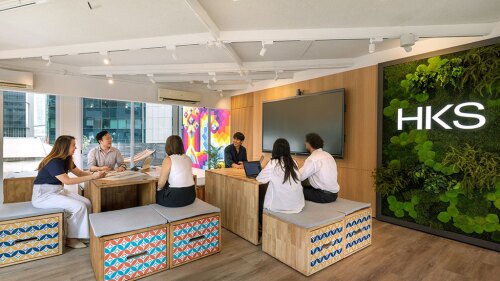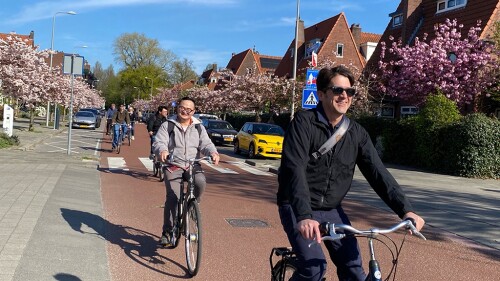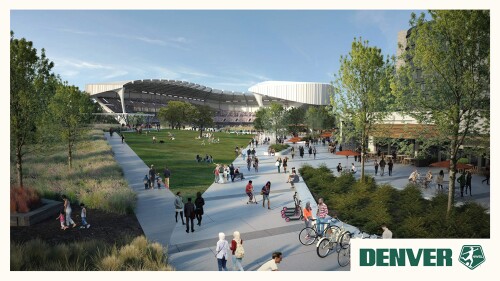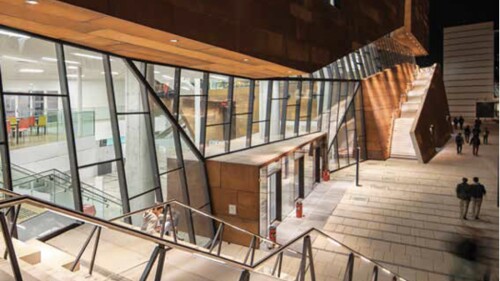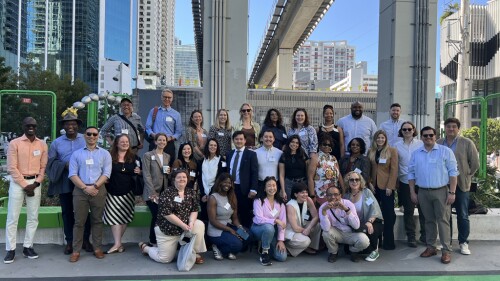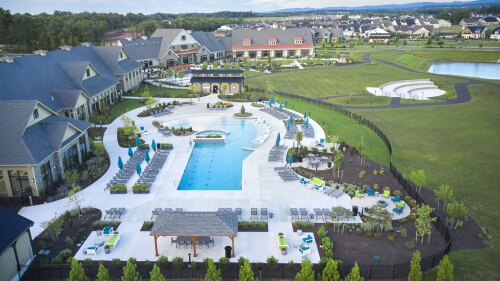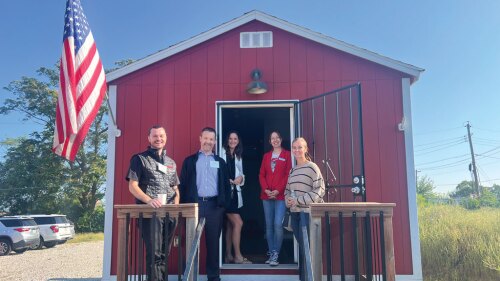Healthy Places
A growing body of research indicates that physical space profoundly affects our brain health. The capacity of our buildings and public spaces to be regenerative in that regard remains largely untapped, however. The key resources for developing brain capital are brain skills—cognitive processes such as memory, attention, and critical thinking; and brain health—the overall functioning of an individual’s brain throughout that person’s life.
Top 10 takeaways from ULI’s Health Leaders Network Alumni Convening in the Netherlands
The Johns Hopkins Institute for Planetary Health is poised to host the inaugural event of the 2025 Planetary Health Cities Symposium in Washington, D.C., on June 16. This event aims to address the urgent challenges posed by the degradation of Earth’s natural systems and the impact on human health and well-being. (
In an exciting development for women’s sports in Denver, Colorado, the city council recently approved a $70 million infrastructure grant to purchase and ready a site for construction of a new stadium dedicated to a new National Women’s Soccer League team. This initiative marks a significant milestone not only for women’s soccer but also for the community at large, as it aims to empower women’s sports and create a vibrant hub for activities revolving around them.
The Lewis Center for Sustainability Forum commemorated the 10th anniversary of its Building Healthy Places Toolkit, a pivotal resource designed to integrate health and wellness into real estate development. The forum—held on the first day of ULI’s 2025 Spring Meeting, in Denver, Colorado—brought together industry leaders, each of whom highlighted the toolkit’s significant impact and the evolving focus on health within the built environment.
Ten years ago, ULI released the Building Healthy Places Toolkit: Strategies for Enhancing Health in the Built Environment report. The Toolkit, developed by ULI in partnership with the Center for Active Design, offered 21 practical and tactical evidence-based strategies and recommendations that real estate leaders can employ to improve the health outcomes of residents and building users.
A city renowned for its vibrant culture and sweeping coastal skyscrapers, Miami set the stage for this year’s ULI Health Leaders Network Introductory Forum. Spanning the course of three days, Cohort 8 learned from local practitioners and explored the various ways in which the city marries real estate and land use with health and social equity. The Health Leaders toured historical and contemporary neighborhoods, provoking thoughtful discussion on how Miami development compared to their own local contexts.
Home to almost 700,000 people, Vancouver is known for its gleaming residential towers, striking natural beauty, and dense development. However, like many progressive urban centers on the west coast, it has also struggled with significant issues that threaten the quality of life for its residents, including persistent homelessness and lack of affordability.
Amblebrook, an innovative retirement community in the historic setting of Gettysburg, Pennsylvania, was specifically designed to remedy this social disease. It shatters the mold of the conventional 55-plus community.
The Veterans Community Project serves any veteran who took the oath to defend the Constitution, regardless of discharge status, length of service, or branch of service. The program strikes an effective balance between community and individual dignity, employing a robust combination of housing and services. As a result, the program has a high success rate of 85 percent in transitioning unhoused veterans to permanent housing.

